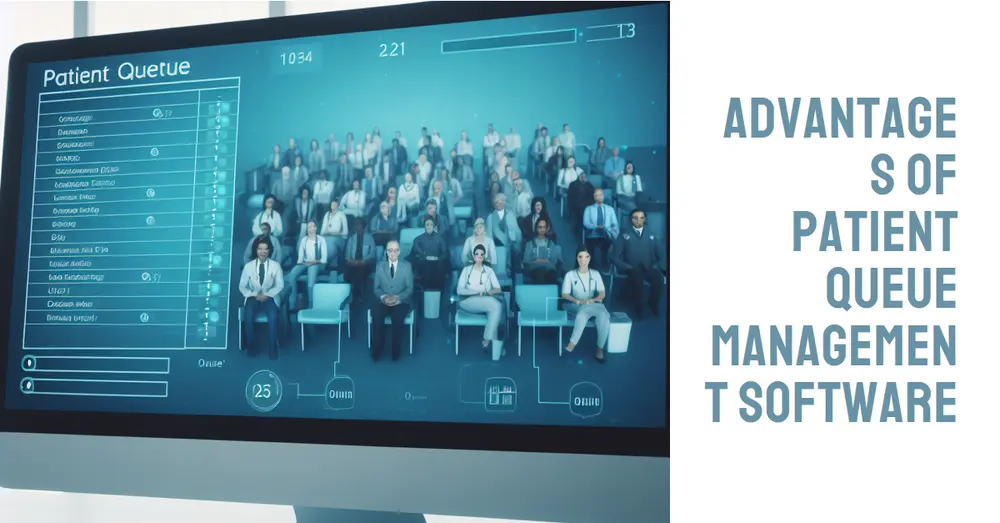In today’s fast-paced world, time is of the essence, and efficiency is paramount. Managing facilities for users and streamlining medical services in hospitals are crucial aspects of enhancing the overall patient experience. At the heart of this experience lies the Patient Queue Management System (PQMS), a pivotal tool in determining waiting times and optimizing the flow of both patients and staff.
A well-structured QMS can transform facilities and tasks, making processes more efficient. Patient Queue Management System plays a vital role in managing complex medical tasks and perceived waiting times. Imagine a hospital equipped with a comprehensive queue management system, where patients no longer endure lengthy waits in crowded rooms, uncertain of when their turn will come.
PQMS ensures a seamless process, providing convenience and reducing stress for both patients and staff. Let’s delve into the top benefits of Patient Management Systems, unraveling their significance in healthcare organizations and why incorporating them is a wise decision.
Overview of Patient Queue Management Software
A Patient Queue Management System stands as a cornerstone in patient management software, particularly in healthcare facilities. It acts as a vital tool in streamlining patient flow and elevating the overall patient experience. Comprising both software and hardware components, including digital display screens and patient check-in kiosks, this system is designed to efficiently manage patient flow within clinics and hospitals.
Functioning as a comprehensive doctor-patient management software, its primary goal is to reduce waiting times, minimize congestion, and enhance operational efficiency. Real-time updates on queue status displayed on screens keep patients informed, contributing to a stress-free experience.
Key Benefits of Patient Queue Management Software
Unveiling the advantages of PQMS sheds light on why doctors and hospital owners should embrace patient queuing systems:
1. Enhance Patient Flow Management
A PQMS ensures smooth patient movement through the treatment process, directing them to the right doctors or departments in an organized manner. This reduces confusion and wait times, resulting in a better patient experience and increased hospital efficiency.
2. Automate Hospital Tasks
Automating tasks such as appointment scheduling, patient check-in, and payment collection streamlines the front office, allowing staff to focus more on patient care. Patients benefit from online scheduling, self-service kiosks, and electronic payments, saving time and reducing data entry errors.
3. Increase Patient Engagement and Retention
Shorter wait times and a smoother check-in process enhance patient satisfaction, leading to better patient retention. Communication features like SMS notifications further contribute to patient engagement, fostering a sense of being cared for.
4. Improve Staff Productivity
Simplifying administrative tasks through automation enables healthcare staff to focus on critical responsibilities like patient care. Reduced waiting times lead to increased staff satisfaction and cooperation from patients, ultimately improving overall care.
5. Reduced Waiting Times
A patient queuing system eliminates long waits by leveraging technology to track and notify patients when it’s their turn. This not only benefits patients but also allows staff to plan their schedules more effectively.
6. Data Analytics
PQMS provides valuable insights through data analytics, enabling hospitals to make informed decisions about patient flow, wait times, and resource allocation. It acts as a guiding tool for optimizing healthcare services.
Conclusion
In conclusion, embracing a Patient Queue Management System is crucial for hospitals seeking efficiency and improved patient experiences. Don’t hesitate—reach out to the best software company to implement the most effective PQMS for your institution.



